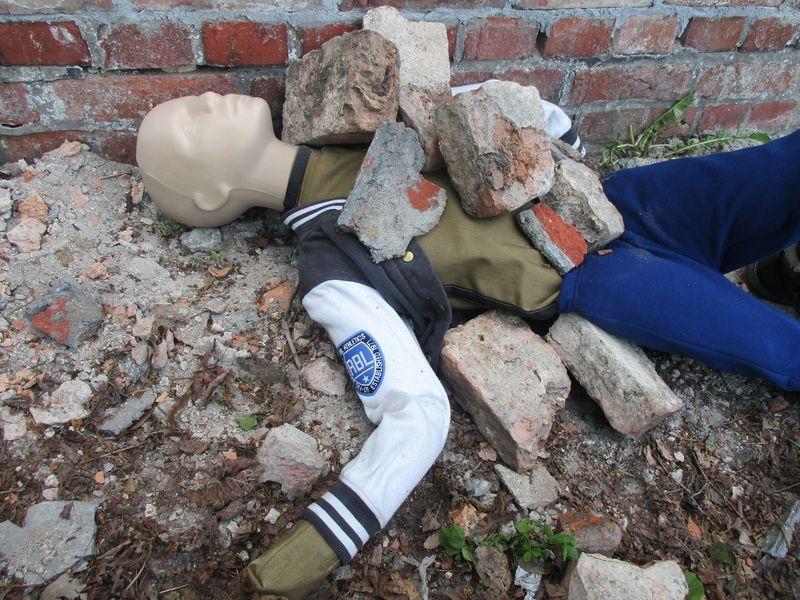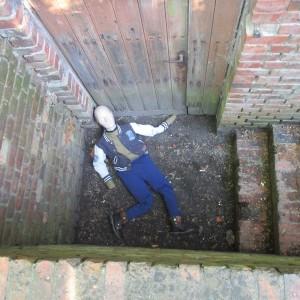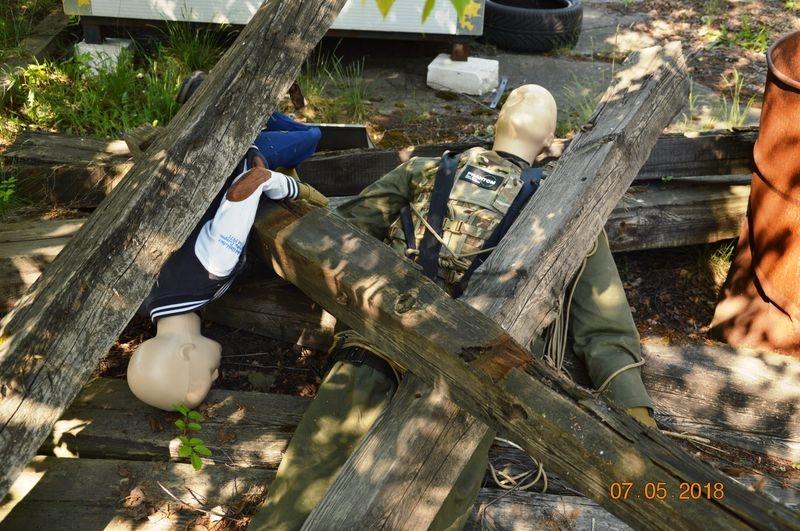EVACUATION MANIKINS: PHANTOM EVACUATION TRAINING MANIKIN

Child Evacuation Manikins: Essential Tools for Pediatric Emergency Training
In today’s safety-conscious environment, child evacuation manikins have become indispensable in preparing emergency services to handle pediatric emergencies. Leading the way in this specialized training segment is the Phantom child evacuation training manikin.
Application of the Phantom Child Manikin
The Phantom child evacuation manikin was meticulously crafted to cater to the unique challenges presented by pediatric emergencies. Recognizing the distinct physiological and anatomical differences in children, this manikin serves the increasing demand for specialized training tools tailored for:
- Military, Police, Fire Brigades, and Special Forces, especially units that might encounter child victims in their operations.
- Medical and rescue services that specialize in pediatric care, including Mountain, Chemical, Mining, and Industrial rescue units.
- Pro-defense organizations, associations, and training companies that offer courses in pediatric emergency response and care.
Technical Features of the Phantom Child Manikin
Precision in design is at the heart of the Phantom child manikin. It is engineered to authentically mimic the anatomy of a child, ensuring that trainees face the genuine challenges they would encounter in real-life pediatric emergencies. This realism is vital as it allows emergency responders to develop and refine techniques specifically tailored for children. The manikin’s robust construction ensures it can withstand the rigors of training, from outdoor environments to simulated disaster scenarios, making it a versatile and invaluable asset in pediatric emergency training programs.
Advanced Evacuation Training with the Phantom Child Manikin
The Phantom child manikin stands as a paramount tool in the realm of evacuation training, designed meticulously to replicate the challenges faced during real-life emergency evacuations involving children. While it offers foundational medical training capabilities, its primary purpose is to provide a comprehensive training experience for evacuation scenarios. Here’s a closer look at its features and applications:
1. Realistic Size and Weight:
- Mirroring the stature of a child, the Phantom manikin offers a genuine feel of a child’s weight and dimensions. This realism ensures that trainees are adequately prepared to handle the unique challenges of evacuating children, who differ significantly from adults in terms of size, weight, and handling.

2. Evacuation Scenarios:
- The manikin can be placed in various simulated emergency situations, from building collapses to transportation accidents. Trainees learn to navigate tight spaces, overcome obstacles, and ensure the safe extraction of the child from danger zones.
3. Preliminary Medical Treatment Training:
- While evacuation remains its primary focus, the manikin is also equipped for basic medical training exercises:
- Wound Management: Trainees can practice direct pressure application techniques for hemorrhage control and wound packing using the manikin’s lifelike wound imitations.
- Limb Immobilization: The manikin allows for the simulation of fractures, teaching trainees how to immobilize limbs correctly during evacuation to prevent further injury.
- Cervical Spine Care: Trainees can practice cervical spine immobilization using orthopedic collars, ensuring the child’s neck is protected during movement.
4. Durability for Varied Environments:
- Built to withstand the rigors of intensive training, the Phantom child manikin is resilient to various environmental conditions. Whether it’s an outdoor scenario with challenging terrains or an indoor setup replicating a building’s confines, the manikin endures, ensuring trainees get a realistic training experience every time.
5. Integration with Evacuation Equipment:
- The manikin is compatible with standard evacuation equipment, from stretchers to evacuation chairs. This compatibility ensures that trainees can practice using actual tools they’d employ in real-life scenarios.
In essence, the Phantom child manikin is not just a training tool but an embodiment of real-world challenges that emergency responders might face. While it offers a glimpse into basic medical care, its primary strength lies in preparing trainees for the complexities of child evacuation, ensuring they’re ready to act swiftly, efficiently, and safely when the situation demands.
Evacuation Training with the Phantom Child Manikin
The Phantom child manikin serves as a simulated victim who has suffered due to a specific injury mechanism in the exercise. Features include:
- Divisible limbs, allowing for amputation training using available wound imitations.
- The manikin can be evacuated using all known techniques and methods, including specialized and improvised rope techniques.
- The body and head structure of the manikin are resistant to injuries and abrasions, enabling the simulation of a victim in hard-to-reach conditions, such as rubble or damaged transportation vehicles.

Incorporating the Phantom child manikin into medical first aid training ensures that emergency responders and medical professionals are equipped with the skills and confidence to handle pediatric emergencies. The manikin’s realistic features and design provide an unparalleled training experience, bridging the gap between practice and real-world application.

Technical Features of the Phantom Child Manikin
- Height: 140 cm / Weight: 20 to 30 kg.
- The set includes training stretchers made of impregnated polyester fabric, built on a load-bearing skeleton of polyamide straps.
- Constructed from two layers of highly durable technical fabrics impregnated from the inside with a PVC film, reinforced with polyamide straps with a tear resistance of up to 1100 kg.
- Hand ends, especially the palm areas, are protected with an additional layer of Cordura fabric to prevent abrasions (replaceable overlays).
- The flexible filling ensures the sensation of contact with the limp body of an unconscious person in need of assistance.
By simulating the unique challenges posed by pediatric emergencies, the Phantom child manikin ensures that emergency responders are well-prepared to handle real-life situations involving child victims.
